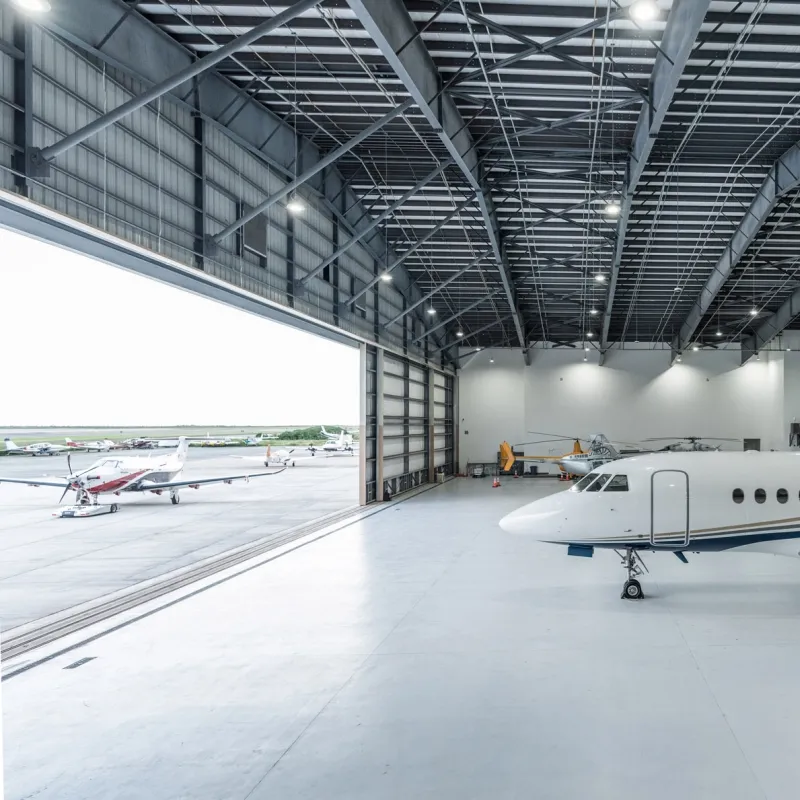- Afrikaans
- Albanian
- Amharic
- Arabic
- Armenian
- Azerbaijani
- Basque
- Belarusian
- Bengali
- Bosnian
- Bulgarian
- Catalan
- Cebuano
- Corsican
- Croatian
- Czech
- Danish
- Dutch
- English
- Esperanto
- Estonian
- Finnish
- French
- Frisian
- Galician
- Georgian
- German
- Greek
- Gujarati
- Haitian Creole
- hausa
- hawaiian
- Hebrew
- Hindi
- Miao
- Hungarian
- Icelandic
- igbo
- Indonesian
- irish
- Italian
- Japanese
- Javanese
- Kannada
- kazakh
- Khmer
- Rwandese
- Korean
- Kurdish
- Kyrgyz
- Lao
- Latin
- Latvian
- Lithuanian
- Luxembourgish
- Macedonian
- Malgashi
- Malay
- Malayalam
- Maltese
- Maori
- Marathi
- Mongolian
- Myanmar
- Nepali
- Norwegian
- Norwegian
- Occitan
- Pashto
- Persian
- Polish
- Portuguese
- Punjabi
- Romanian
- Russian
- Samoan
- Scottish Gaelic
- Serbian
- Sesotho
- Shona
- Sindhi
- Sinhala
- Slovak
- Slovenian
- Somali
- Spanish
- Sundanese
- Swahili
- Swedish
- Tagalog
- Tajik
- Tamil
- Tatar
- Telugu
- Thai
- Turkish
- Turkmen
- Ukrainian
- Urdu
- Uighur
- Uzbek
- Vietnamese
- Welsh
- Bantu
- Yiddish
- Yoruba
- Zulu
नवम्बर . 03, 2024 09:54 Back to list
Industrial Building Design A Harmonious Blend of Functionality and Aesthetics
Industrial building design is a specialized field that marries practicality with creativity, focusing on the unique needs of manufacturing, warehousing, and various industrial operations. As we move further into the 21st century, the importance of thoughtful industrial design has never been clearer, particularly in an era characterized by rapid technological advancements and environmental considerations.
One of the primary objectives of industrial building design is to create spaces that optimize operational efficiency. This involves a careful analysis of workflow, equipment placement, and material flow. For instance, a well-designed factory layout minimizes the distance materials must travel, thus reducing time and labor costs. Open floor plans are often favored, as they provide flexibility for adapting to changing production methods or expanding operations. Furthermore, incorporating natural light and proper ventilation contributes to a healthier work environment, enhancing employee productivity and satisfaction.
Sustainability has become a pivotal factor in modern industrial building design. Architects and engineers are increasingly integrating eco-friendly materials and energy-saving technologies into their projects. Features such as green roofs, solar panels, and rainwater harvesting systems not only reduce the environmental footprint of industrial buildings but also often result in long-term cost savings. The use of energy-efficient systems can significantly lower operational costs, making these facilities more economically viable.
industrial building design

Aesthetics in industrial design should not be overlooked. While functionality is paramount, the visual aspect of industrial buildings can influence public perception and worker morale. Businesses often choose to incorporate modern architectural elements, such as sleek lines and innovative materials, that reflect their brand identity. By creating visually appealing structures, companies can foster a sense of pride among employees and enhance their reputation within the community.
Another critical aspect of industrial building design is compliance with safety regulations. Ensuring that the design adheres to local codes and standards is essential to protect both workers and the environment. This includes incorporating fire safety measures, proper signage, and adequate access for emergency services.
In conclusion, industrial building design is a multifaceted discipline that requires a balance between functionality, sustainability, aesthetics, and safety. As industries evolve, the demand for innovative and adaptable spaces continues to grow. By prioritizing these elements, architects and designers can create industrial buildings that not only serve their intended purpose but also contribute positively to the surrounding community and environment. The future of industrial design lies in embracing these challenges and striving for excellence in every project.
-
Cold Formed Steel Residential Framing
NewsMay.21,2025
-
Innovative Steel Structure Building Solutions
NewsMay.19,2025
-
Innovative Prefab Metal Shed Solutions
NewsMay.19,2025
-
Durable Steel Horse Shelter Solutions
NewsMay.19,2025
-
Durable Metal Shed Solutions
NewsMay.19,2025
-
Durable Big Metal Shed Solutions
NewsMay.19,2025
Products categories
Our Latest News
We have a professional design team and an excellent production and construction team.












